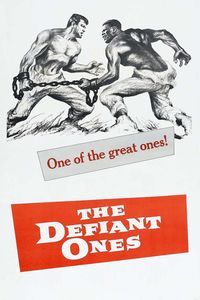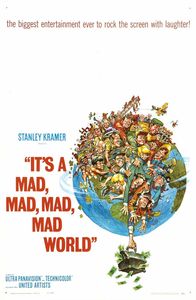The Secret of Santa Vittoria (1969)
(On Cable TV, April 2021) In a film universe of recycled premises, it’s always interesting to find something that has not (yet) been overused, yet remains reasonably accessible. In The Secret of Santa Vittoria, we find ourselves in Post-Mussolini WW2 Italy, in a small village patiently awaiting the arrival of allied troops. Except that… the Nazis have taken a keen interest in the town’s well-known wine, and they arrive in town with the intention of confiscating the entire stock. Except that… the villagers are not idiots, and have taken steps to hide four fifths of the reserve. Except that… the Nazis are not idiots either and have noticed the accounting discrepancy. The stage is thus set for a battle of will between the eccentric new mayor (Anthony Quinn) and the ice-cold Nazi commander (Hardy Krüger). There are many complications, some of them sentimental. Directed by Stanley Kramer and constrained by the tone of the novel from which it’s adapted, the comedy of the film is curiously restrained, sometimes veering into wartime drama with real dangerous stakes. Still, the biggest attraction of the film is probably the setting — the producers worked hard to find a picturesque WW2-style Italian town in the late 1960s, and the proof of their success is found on the screen, with a rather good sense of place and the town fountain acting as a central showpiece for much of the action. You can see how The Secret of Santa Vittoria could have been much funnier if it had tried, but it had something else in mind and it’s hard to argue with the results.






